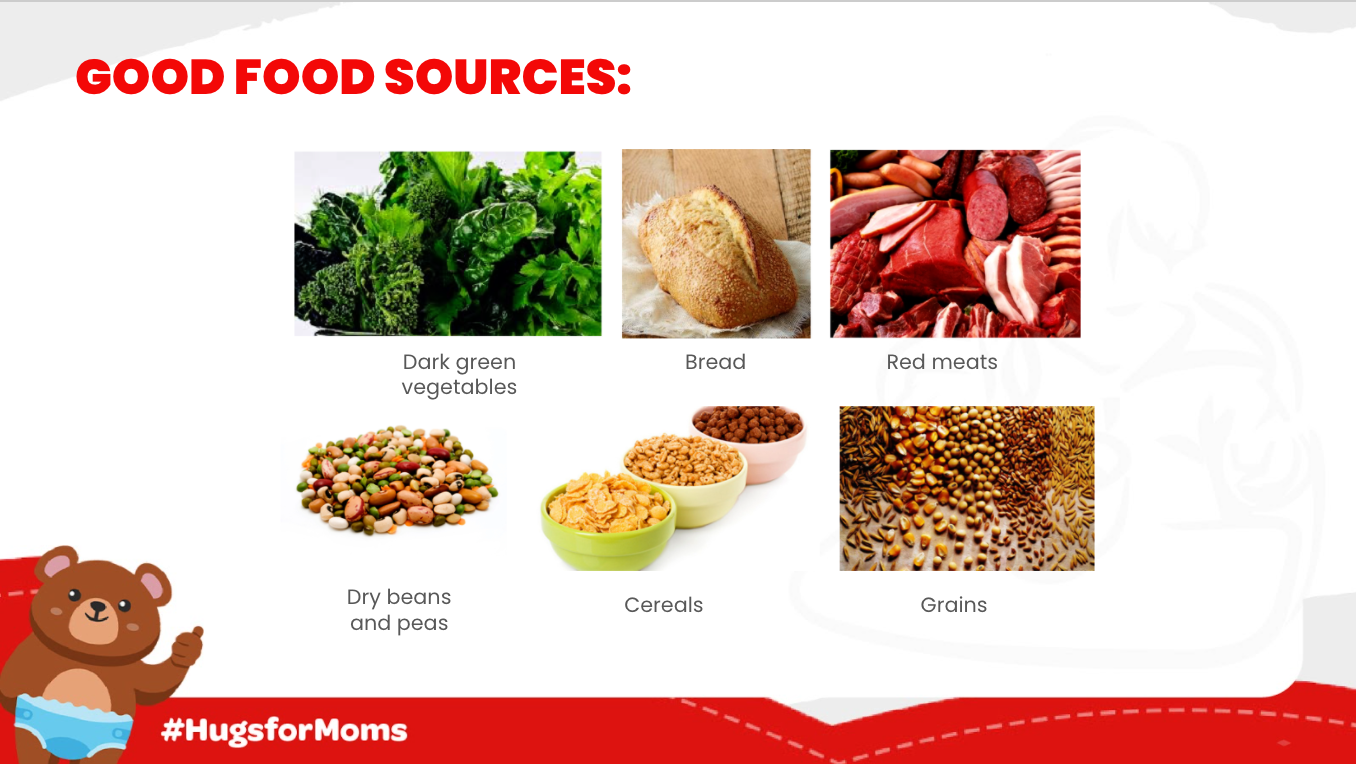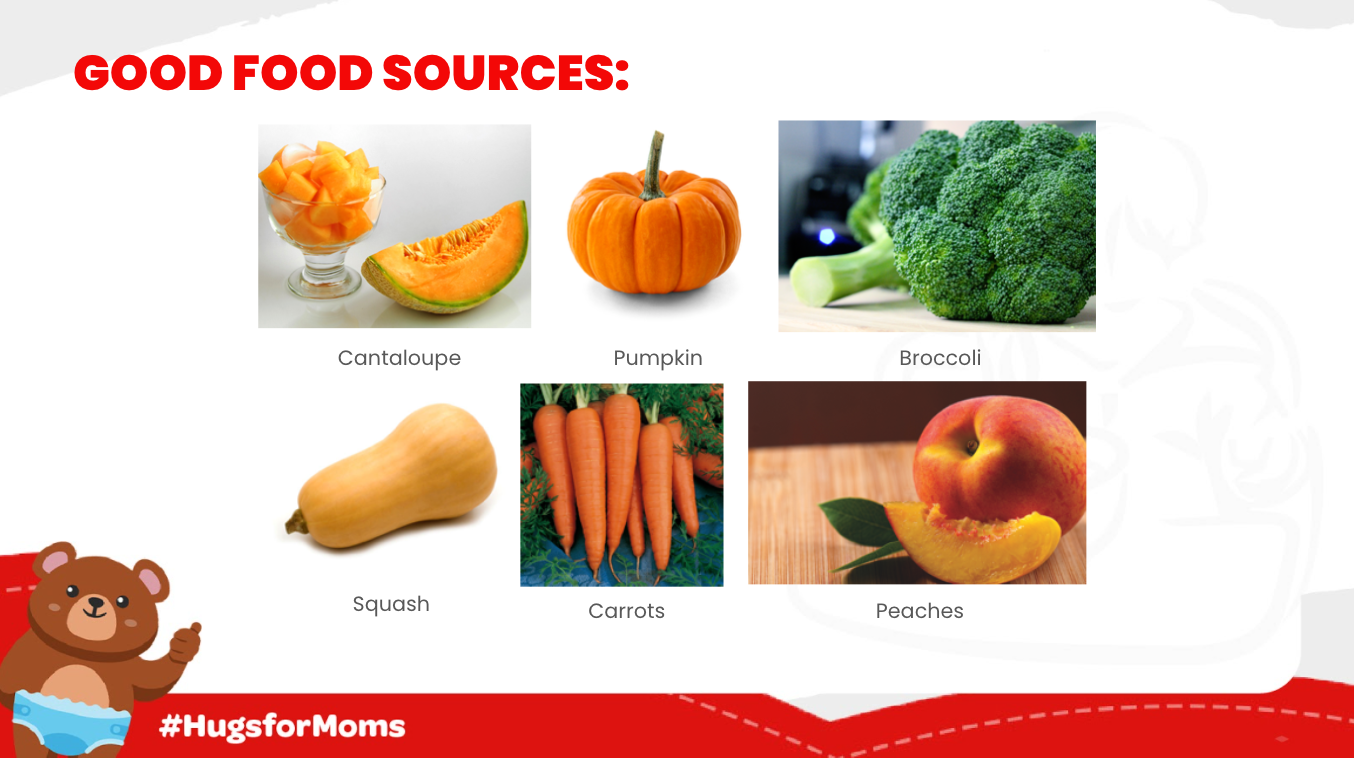Feeding your baby is a really exciting time for BOTH parents and the baby. For parents, your baby is entering this amazing new world of flavours and textures, and you are very likely already dreaming about all the food you want them to try as they get older. For babies, their eyes have just opened up to an incredible experience of tastes they—seriously—could NEVER have imagined. But what happens when your baby is a picky eater?
Professor Luchie Callanta, RND, MSN, Department of Food Science & Nutrition, College of Home Economics, UP Diliman took moms and dads through the ups and downs of picky eating when Huggies Philippines partnered with Mommy Mundo to present: Meal Planning for Picky Eaters.
In the presentation, Professor Luchie discussed the tenets of good nutrition, which starts at home. Children need to eat the same foods their family does, with an emphasis on which foods are most nutritious. Also emphasized is the restriction on sugar. Moms and dads should hold off giving their kids sugar until much later, and even then only limit it to one sugary drink per day. Children get enough natural sugars from their foods, and those who do not develop sweet teeth have a much easier time controlling their sweets later. Another food to stay away from is salt. Too much salt is not ideal for a child (or for an adult for that matter!)
The essential vitamins children need are calcium, iron, Vitamin A, and Vitamin C. Children also need to be well hydrated. Professor Luchie made this easy by telling parents their children need to “eat the rainbow.” By providing a rainbow of fruit and vegetables you ensure that your children are getting their essential vitamins, minerals, and all their nutrients.
As for picky eaters, the prevention of this starts early. By introducing children to good nutritious food from an early age and withholding sweets and salts, you give them a good chance of learning to love natural food. And if a child continues to be picky then continuous encouragement should be given, not anger or shaming, so as to maintain the child’s healthy relationship with food.



Leave a Reply